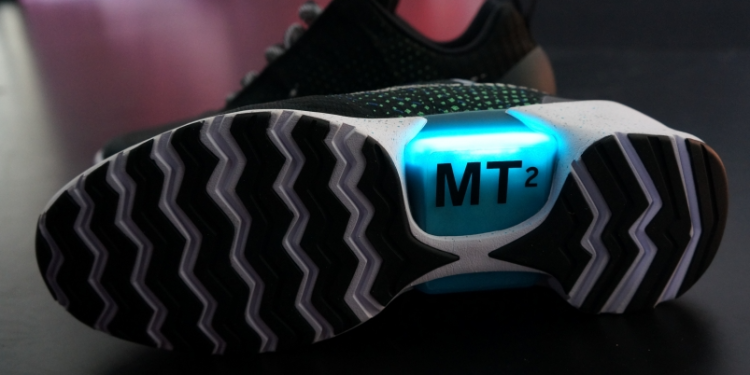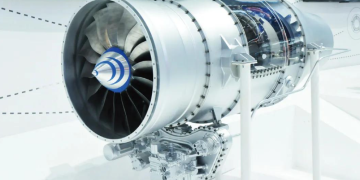In the vast universe of photography, your choice of lens can make or break a shot. It’s not just about capturing an image; it’s about conveying a story, an emotion, or a moment in time. But with so many options available, how do you navigate the labyrinth of lens choices to find the perfect match for your digital camera? Fear not, as we embark on a journey to demystify the art of lens selection.
Understanding Lens Basics
When delving into the realm of lenses, it’s crucial to grasp the fundamentals. Focal length is the primary characteristic to consider, determining the angle of view and magnification of your images. A wider focal length captures more of the scene, ideal for landscapes and architecture, while a longer focal length brings distant subjects closer, perfect for portraits or wildlife photography.
Another vital aspect is aperture, which dictates the amount of light entering the lens. A wider aperture (represented by a lower f-stop number) allows for shallower depth of field and better performance in low light conditions, whereas a narrower aperture (higher f-stop) ensures greater depth of field, suitable for landscapes and group shots.
Factors to Consider
Several factors influence your lens selection process. Firstly, your budget plays a significant role, as lenses come in a wide range of prices to suit various financial constraints. It’s essential to strike a balance between quality and affordability.
Next, consider your photographic goals and shooting style. Are you a portrait photographer seeking to capture the subtle nuances of expression, or perhaps a landscape enthusiast yearning to immortalize sweeping vistas? Understanding your preferences will steer you towards the most suitable lens type.
Compatibility with your camera body is paramount. Not all lenses are created equal, and ensuring compatibility with your specific camera model is crucial to avoid any unpleasant surprises.
Popular Lens Types
Let’s delve into the realm of lens types, each catering to distinct photographic needs. Wide-angle lenses encompass a broad field of view, ideal for capturing expansive landscapes and dramatic perspectives. Conversely, standard lenses offer a more natural perspective, making them versatile for various shooting scenarios.
For those craving the allure of distant horizons, telephoto lenses provide unparalleled reach, bringing distant subjects into sharp focus with exquisite detail.
Specialized Lenses
Beyond the realm of conventional lenses lie specialized tools tailored to niche applications. Macro lenses excel in capturing intricate details at close range, unlocking a world of miniature wonders. Fisheye lenses, with their exaggerated perspective, offer a unique visual aesthetic, perfect for creative experimentation.
Enter the realm of architectural photography with tilt-shift lenses, allowing for precise control over perspective distortion and depth of field, ideal for capturing the grandeur of towering structures.
Lens Quality and Brand
In the pursuit of photographic excellence, never underestimate the importance of lens quality. Opting for renowned brands renowned for their optical prowess ensures superior image quality and durability. Leading brands such as Canon, Nikon, and Sony have carved a niche for themselves in the market, offering a diverse array of lenses to cater to every need.
Research and Comparison
With a plethora of options at your fingertips, conducting thorough research is indispensable. Explore online reviews, forums, and photography communities to glean insights from seasoned professionals and fellow enthusiasts. If possible, engage in hands-on testing to experience firsthand the capabilities of various lenses.
Renting vs. Buying
Before committing to a purchase, weigh the pros and cons of renting versus buying. Renting allows for experimentation with different lenses without breaking the bank, ideal for occasional or specialized use. However, for long-term investment and frequent usage, purchasing a lens offers greater convenience and cost-effectiveness in the long run.
Future-proofing Your Gear
In an ever-evolving landscape of technological innovation, consider future-proofing your gear. Anticipate potential camera upgrades and ensure compatibility with future systems. Opt for lenses renowned for their versatility and adaptability, capable of seamlessly integrating with a myriad of camera bodies.
Maintenance and Care
Lastly, don’t overlook the importance of maintenance and care. Keep your lenses pristine with regular cleaning using specialized tools and solutions. Adopt proper storage practices to shield your precious optics from dust, moisture, and other environmental hazards.
Conclusion
In conclusion, selecting the perfect lens for your digital camera is a nuanced process that demands careful consideration of various factors. By understanding your photographic needs, conducting thorough research, and investing in quality optics, you can elevate your images from mere snapshots to timeless works of art.
FAQs After The Conclusion
- Should I prioritize lens quality over camera body quality?While both lens and camera body quality are important, lenses often have a more significant impact on image quality. Investing in high-quality lenses can yield sharper, more vibrant images regardless of your camera body.
- Can I use lenses from different brands with my camera body?In some cases, adapters may allow you to use lenses from different brands with your camera body. However, compatibility and functionality may vary, so it’s essential to research thoroughly before attempting to use non-native lenses.
- What is the difference between image stabilization and vibration reduction?Image stabilization (IS) and vibration reduction (VR) are terms used by different manufacturers to describe the same technology: a mechanism within the lens or camera body that reduces the effects of camera shake, resulting in sharper images, particularly in low-light conditions or when using longer focal lengths.
- Do I need a UV filter for my lens?While UV filters can offer protection for your lens, their necessity depends on your shooting conditions and personal preferences. Some photographers choose to use UV filters to safeguard their lenses from scratches and dust, while others prioritize optical purity and opt to forego them.
- What is the “sweet spot” of a lens?The sweet spot refers to the aperture at which a lens produces its sharpest images. Typically, this is around two to three stops down from the lens’s widest aperture. However, the exact sweet spot varies between lens models and is often found through experimentation and testing.
- Can I achieve professional-quality results with kit lenses?While kit lenses are often bundled with entry-level DSLRs and mirrorless cameras, they may not offer the same level of image quality or versatility as higher-end lenses. However, with proper technique and lighting, it’s still possible to achieve professional-looking results with kit lenses.
- How do I know if a lens is compatible with my camera body?Compatibility between lenses and camera bodies typically depends on the lens mount system. Ensure that the lens you’re considering purchasing is designed for the same mount as your camera body. Most manufacturers provide compatibility information on their websites or product documentation.
- What is the significance of lens speed?Lens speed refers to the maximum aperture of a lens, with faster lenses having wider apertures (lower f-stop numbers). A faster lens allows for better performance in low-light conditions and greater control over depth of field, making it particularly advantageous for portrait and event photography.
















